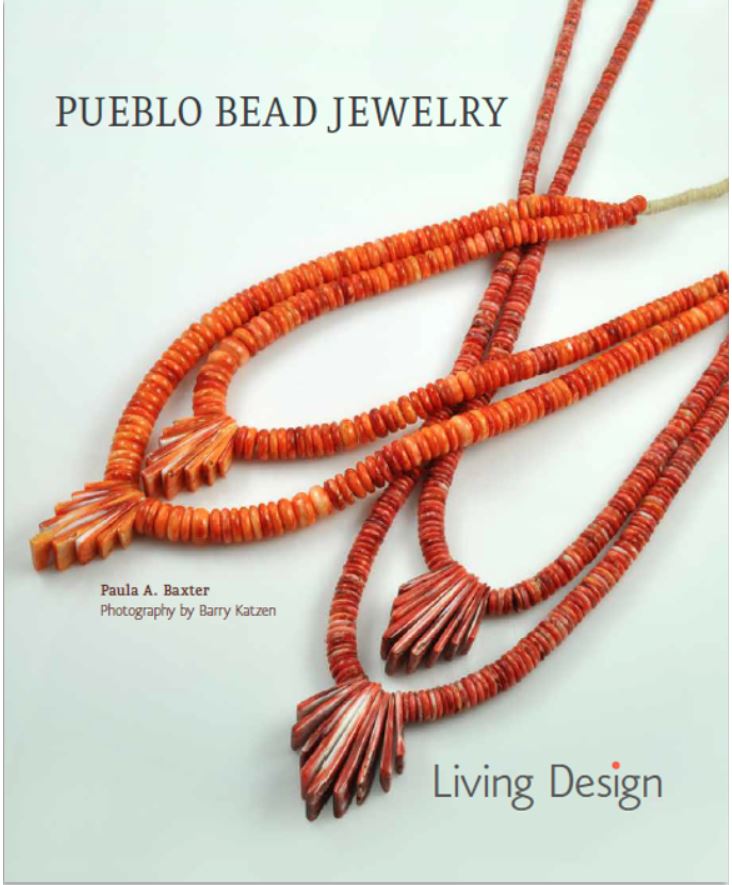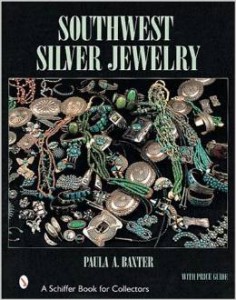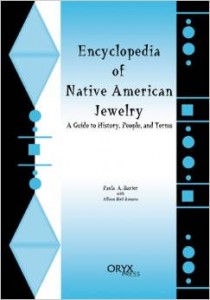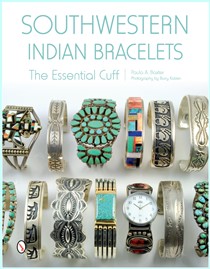Bruce Bernstein, the Director of SWAIA, has had a long and distinguished career in the world of Indian arts. His scholarship is top-notch. I recently reread a piece by him in an anthology, Native American Art in the Twentieth Century: Makers, Meanings, Histories. In doing research for my next book on Southwestern Indian bracelets, I found an article he’d contributed to the anthology on how the 1960s and 1970s provided new contexts for Indian arts. Bernstein pointed out the start of an international profile for Indian artists, including foreign exhibitions for selected individuals. He describes how changes in the American social and intellectual climate helped make Native American Studies an academic discipline.
My own education in the first half of the 1970s occurred too early to benefit from this. My dual major of art history and anthropology of the North American Indian (a mouthful) shows how great the emphasis on anthropology still was at that time. The creation of Native American Studies helped usher in a multidisciplinary — and interdisciplinary — approach to Native art production. Bernstein also wisely points out that the “traditional” arts with their handcrafted nature made them popular in America in general. Even their introduction into home decoration played a role we still recognize today.




